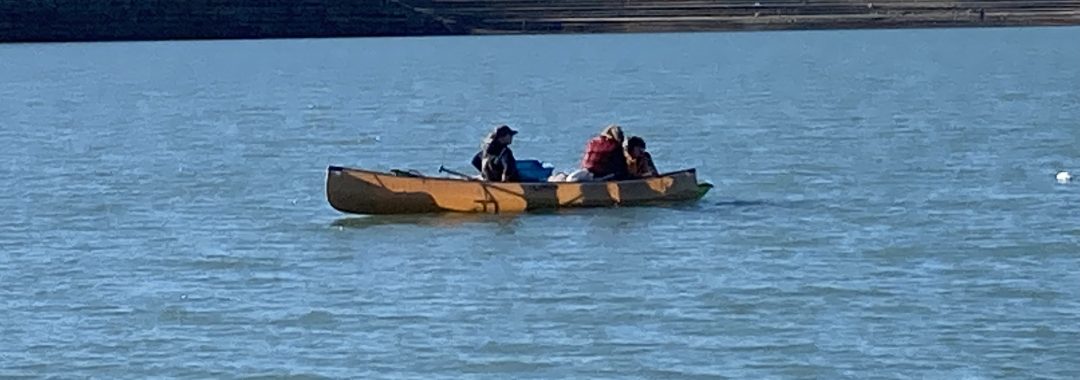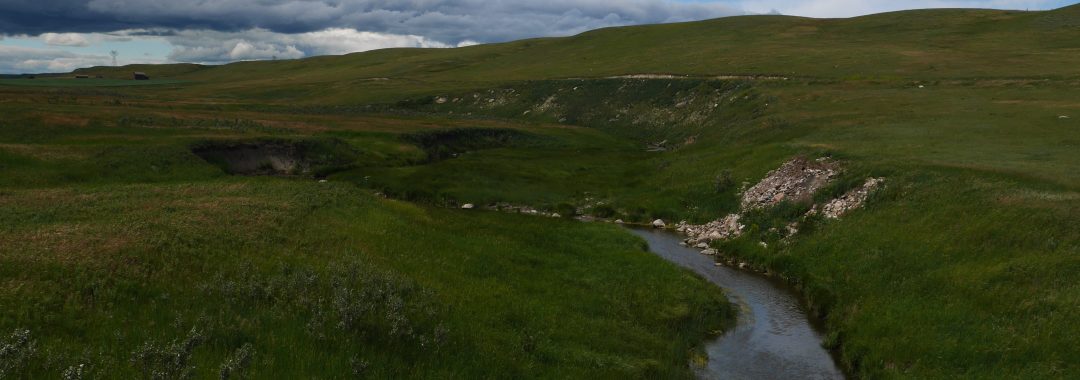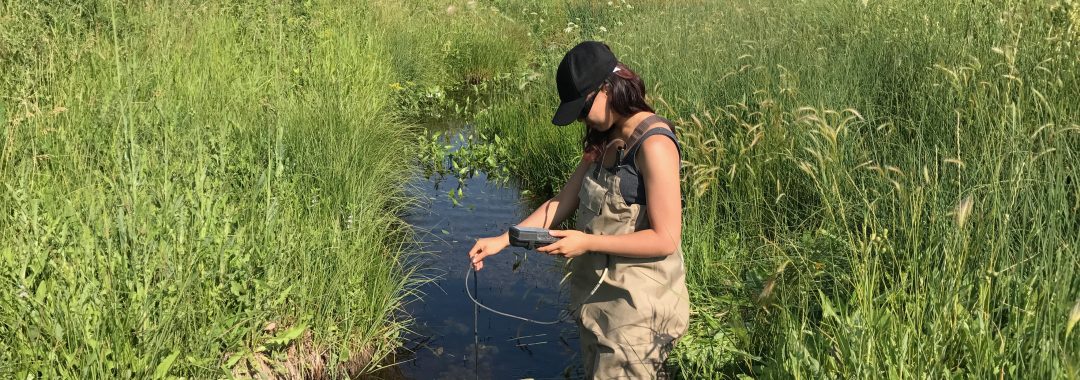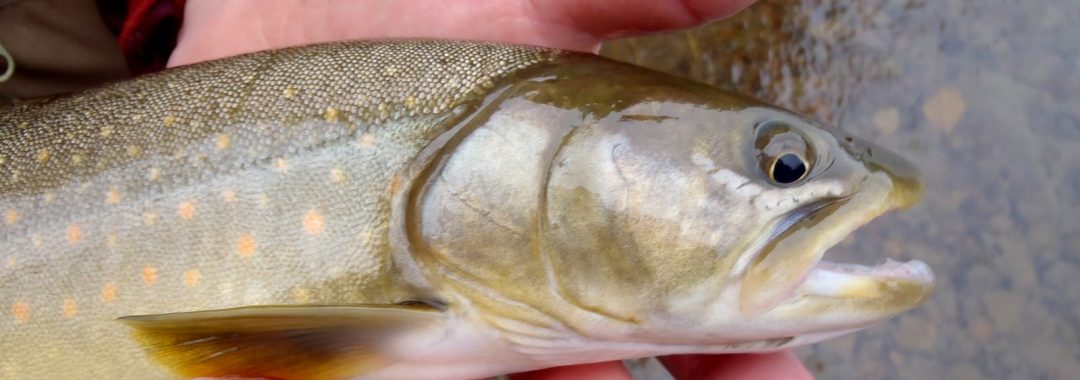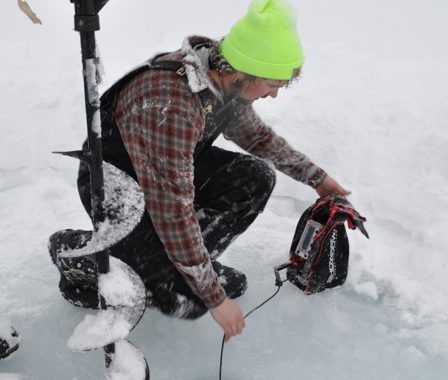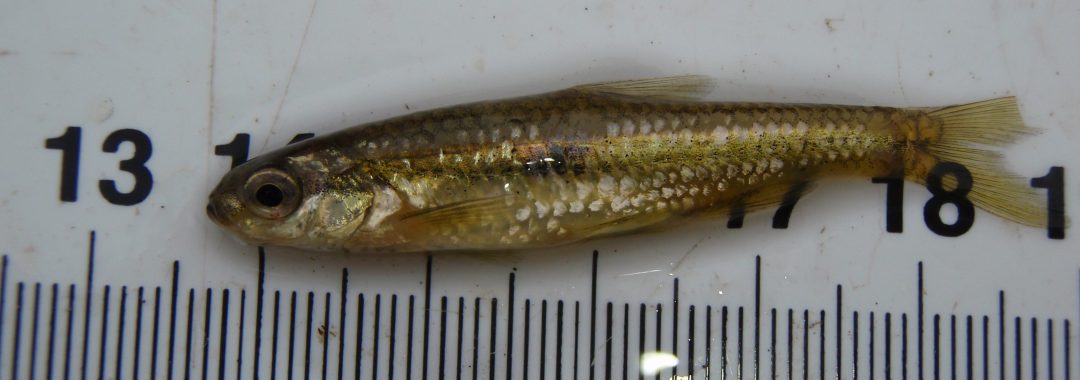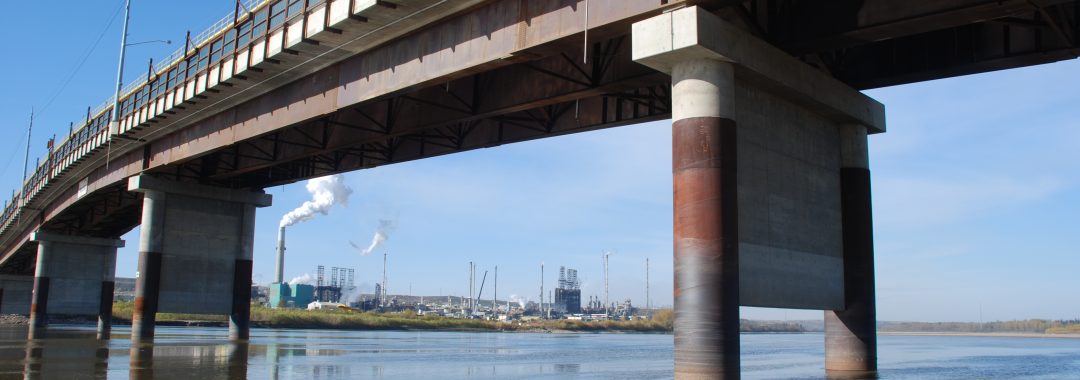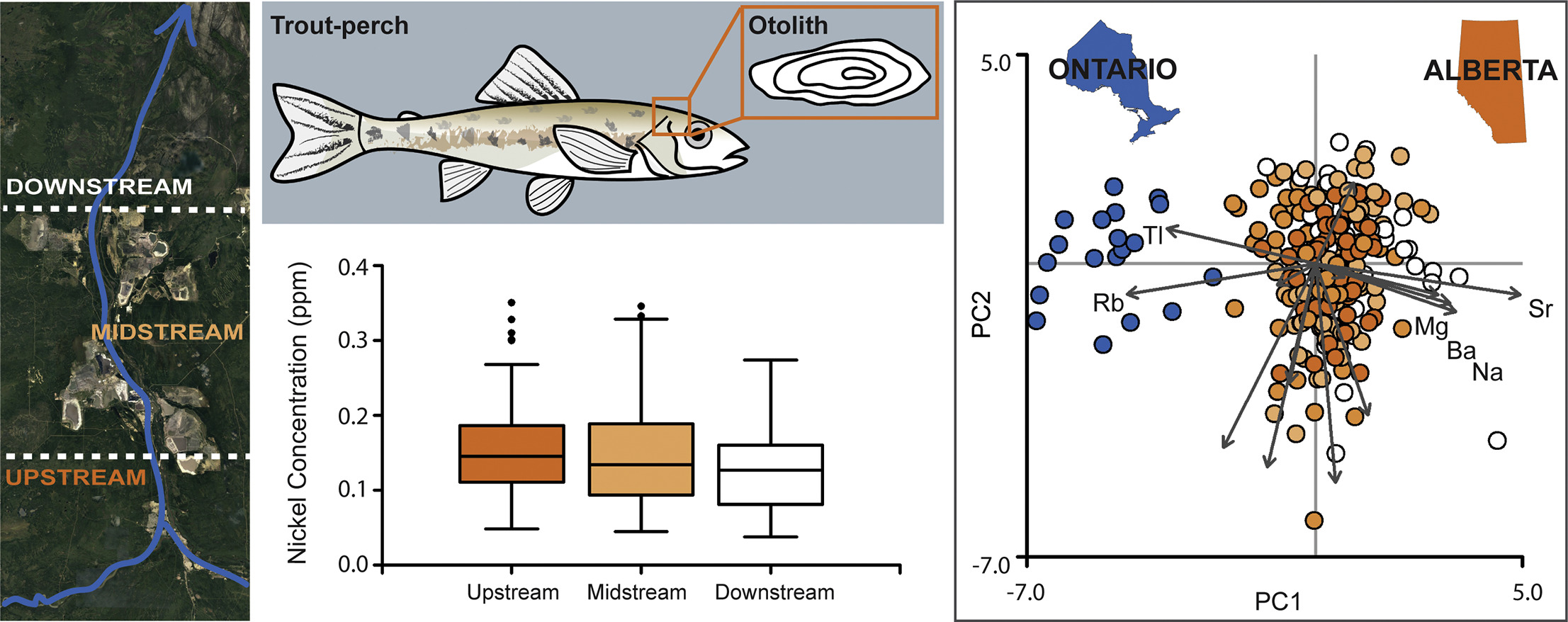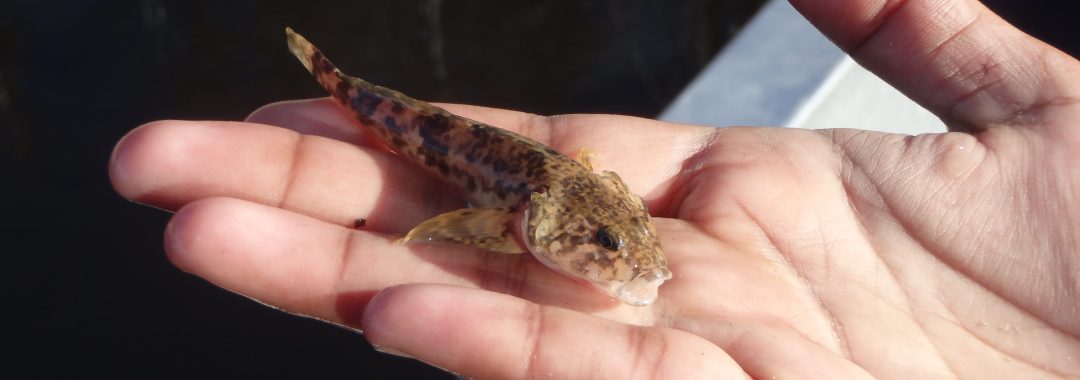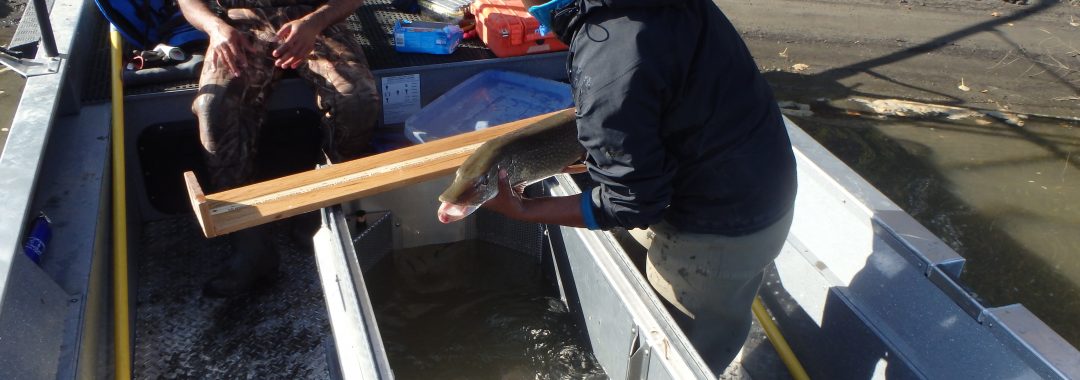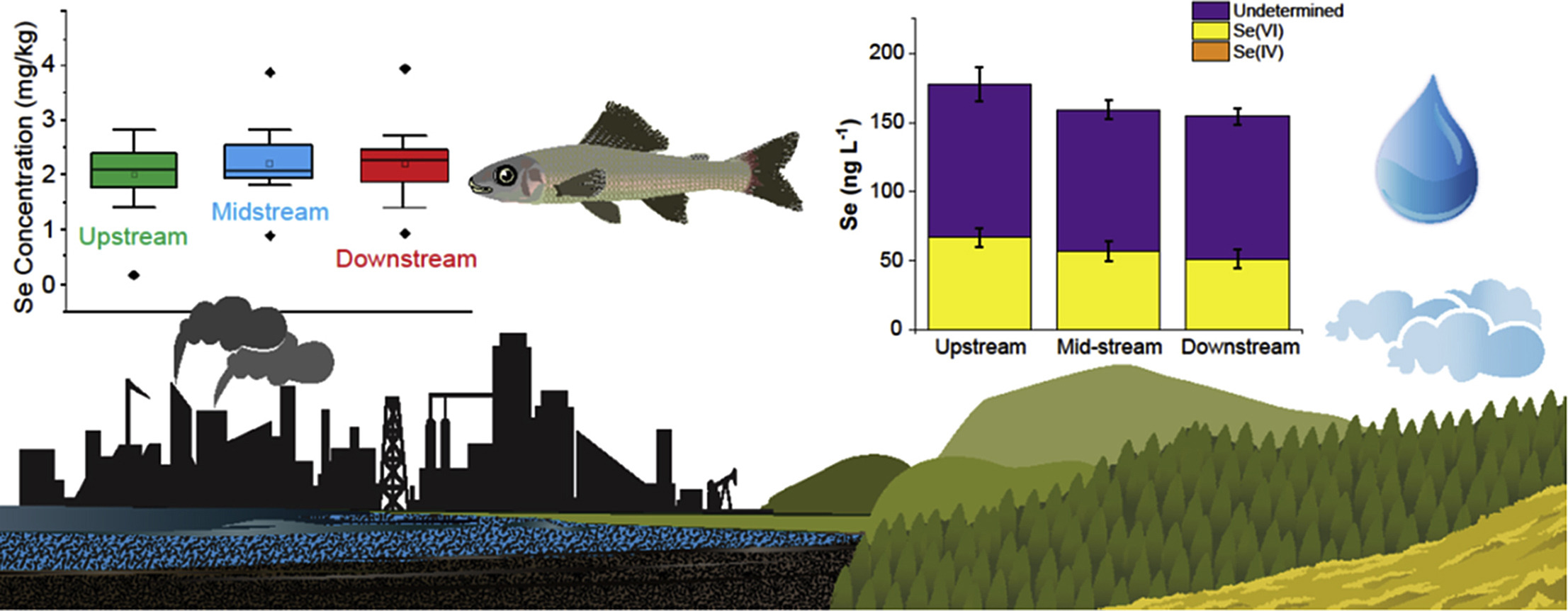Abstract:
Trace elements can accumulate in aquatic foodwebs, becoming potentially hazardous wildlife and human health. While many studies have examined mercury dynamics in freshwater environments, evidence for the bioaccumulative potential of other trace elements (e.g., arsenic) is conflicting. Trace element concentrations found in surface water of the Red Deer River, Alberta, Canada, have raised concern for potential accumulation in aquatic biota. We investigated fish from this river to better understand the influence of biological and environmental factors in trace element bioaccumulation. We analyzed 20 trace elements and food web tracers, stable nitrogen (δ15N) and carbon (δ13C) isotopes, in muscle tissue. Zinc, selenium, arsenic, chromium, and nickel were detected in the majority of fish at low concentrations. However, mercury was detected in all fish and often exceeded criteria for the protection of consumers. Body size was often positively correlated with trace element concentrations. Additionally, food web tracers were correlated to mercury and arsenic concentrations, indicating that mercury biomagnifies whereas arsenic bio-diminishes. Spatial patterns of fish trace element concentrations did not reflect differences in surface water concentrations. These findings indicate that fish trace element concentrations are primarily moderated by biological factors, such as trophic position and body size, and are not locally restricted to areas of relatively high environmental concentrations in the Red Deer River.
Citation: Donadt, C., Cooke, C., Graydon, J. and M.S. Poesch. (2021) Biological factors moderate trace element accumulation in fish along an environmental concentration gradient. Environmental Toxicology and Chemistry 40(2): 422-434.
Also Read:
*Lab members: Caitlyn Donadt and Mark Poesch. Check out opportunities in the lab!

